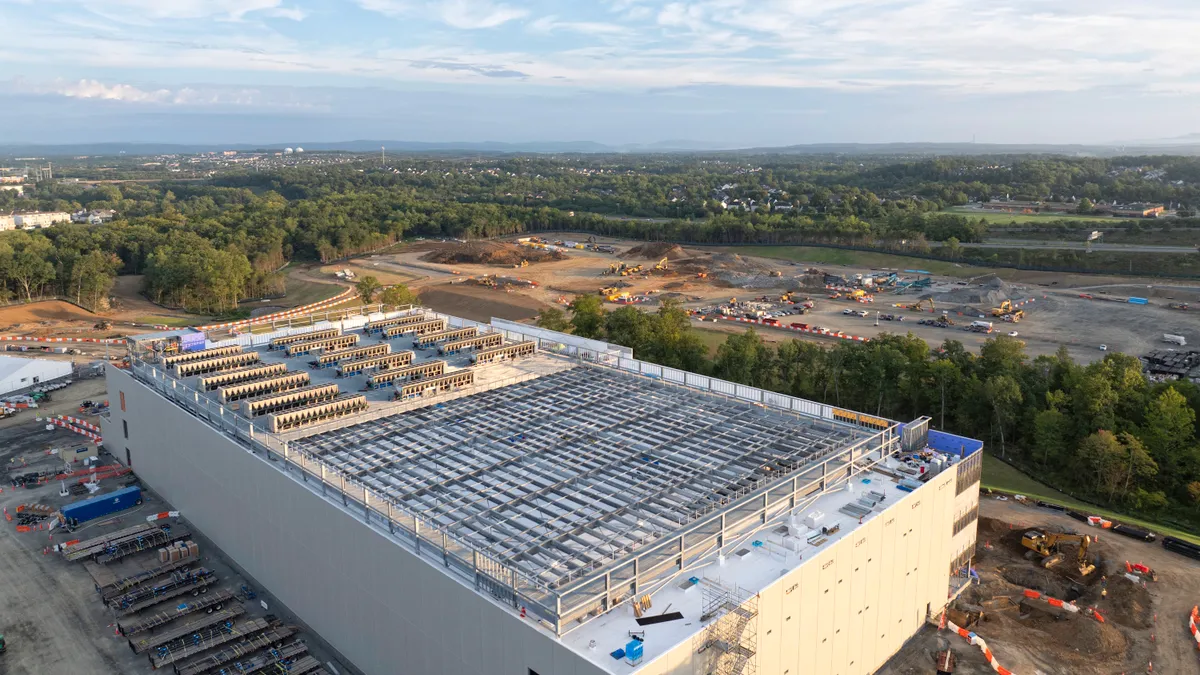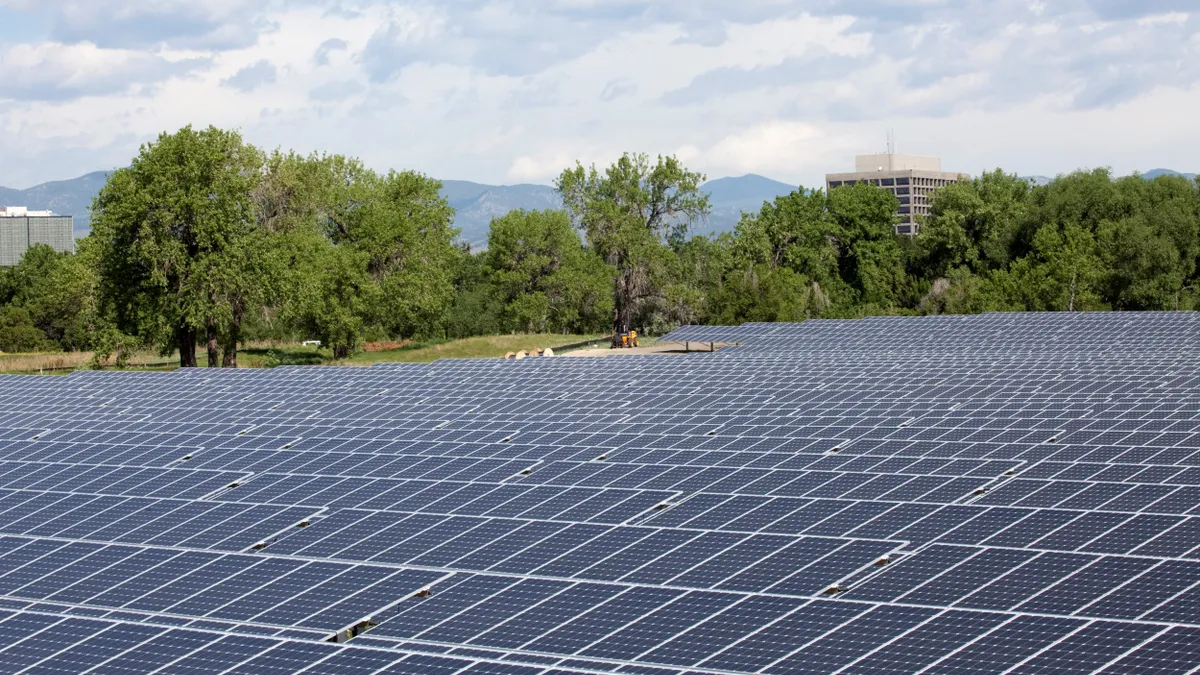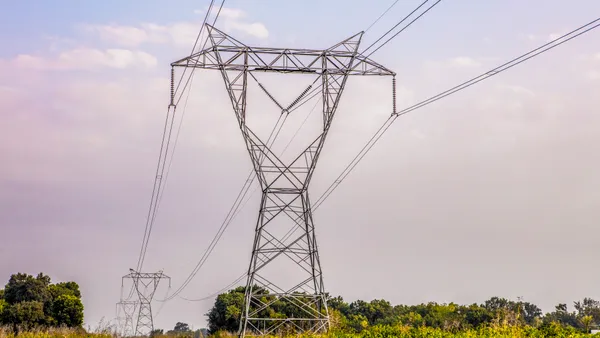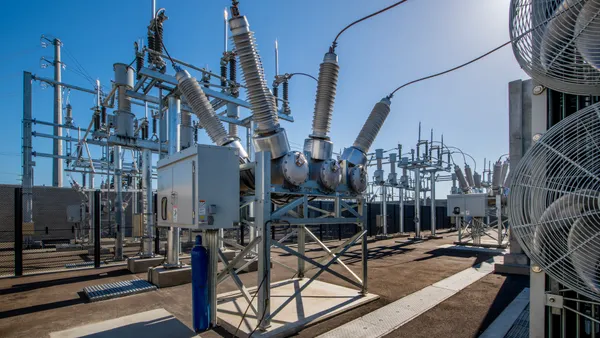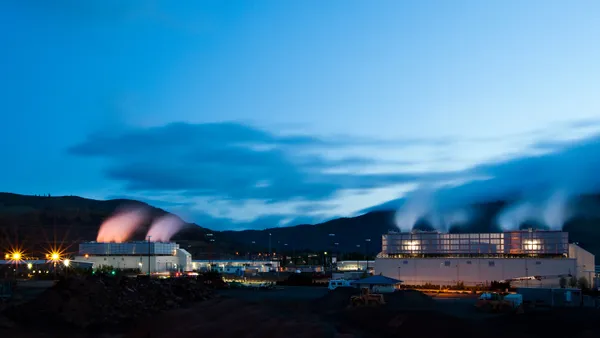LS Power plans to sell electricity from two-gas fired units at the company’s Doswell power plant in Ashland, Virginia, to a potential behind-the-meter data center, according to filings at the Federal Energy Regulatory Commission.
The PJM Interconnection in mid-March submitted a “necessary studies agreement,” or NSA, outlining the grid operator’s plan to study the effects of the project by LSP Digital Infrastructure, an LS Power affiliate. PJM said it submitted the agreement “out of an abundance of caution.”
The filing indicates that LS Power will sell up to 300 MW to the behind-the-meter data center under a five-year power purchase agreement. When the PPA ends, the data center will buy power from another retail provider via a planned substation, according to the filing.
The data center campus will consist of up to five 60-MW “always-on, mission-critical” data center buildings, located at one or more parcels next to or near the Doswell site, according to the filing.
LS Power expects the campus will grow by one building per year. “The rate of load growth for the data center is a determining factor for the amount of temporarily surrendered [capacity interconnection rights] by Doswell,” the filing said.
Old Dominion Electric Cooperative filed a protest on Friday over the NSA, saying it lacked needed details such as the timing of the data center’s construction and when it would begin taking power from the grid. “Neither ODEC nor the commission has a clear description of what is being contemplated, to understand what PJM will study,” ODEC said.
The Doswell power plant is in an area served by Rappahannock Electric Cooperative, an ODEC member, according to the filing.
Colocated load raises issues beyond grid interconnection, according to ODEC, a generation and transmission cooperative based in Glen Allen, Virginia. “Those issues can include ensuring not only reliability but resource adequacy, as well as avoiding unreasonable cost shifts or unreasonable cost allocation, and use of the transmission grid in co-located load configurations,” ODEC said.
ODEC said it may be premature for FERC to address those issues in this proceeding. “However, these are critical issues that must be addressed for the commission to ensure that rates, terms and conditions of service remain just, reasonable and not unduly discriminatory, which must include consideration of reliability, resource adequacy, and cost allocation, among other issues,” ODEC said.
Vistra seeks Susquehanna clarity
Separately, Vistra on Friday urged FERC to clarify the scope of its decision to reject proposed changes to an interconnection service agreement that would allow Talen Energy to serve a colocated Amazon Web Services data center at the Susquehanna nuclear power plant in Pennsylvania.
“The Susquehanna ISA order is being read much too broadly and is being used to erect a barrier to the critically needed resolution of these policy issues,” Vistra said.
Vistra’s comments were filed as part of FERC’s review of PJM’s colocation rules for siting data centers at power plants.
Vistra asked FERC to clarify that the Susquehanna decision should not be read to prejudge the permissibility of any particular colocation configuration, indicate that the agency generally opposes fully isolated behind the meter co-located load, or prohibit parties from following PJM’s current tariff rules and negotiating the terms of non-conforming ISAs while FERC’s review is underway.
The independent power producer asked FERC to rule on its motion by April 16. FERC’s response would provide key information parties could use when they file comments due April 23 in the colocation “show cause” investigation, Vistra said.



